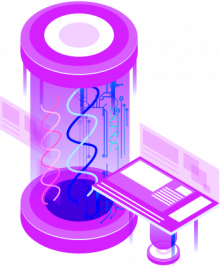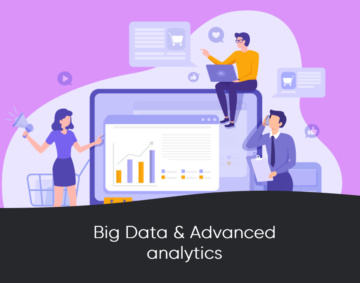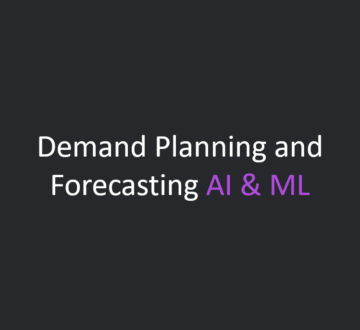Adding Automation to Data and AI through RPA
Robotic process automation (RPA) is gaining popularity as more companies understand its benefit for management and housekeeping in big data and artificial intelligence. More and more RPA and data management, are making a particularly compelling combination.
In data management, intriguing new possibilities are emerging for employing RPA. Data management includes numerous repetitive tasks in aggregation and curation that can benefit from automation. Applying RPA to large data repositories makes tasks such as data cleansing, normalization, data wrangling, and creation or updating of metadata more efficient.
RPA can be combined with other techniques to create sophisticated data handling solutions.
One example is the use of RPA to extract information from OCR documents to create metadata and reduce content to a usable format for big data or machine learning processes.
How Inventfor Helps
Inventfor helps you leverage this business process automation technology to automate the mundane and repetitive tasks in your Data Management to make processes run smoother and more efficiently. Higher accuracy translates to the elimination of risks associated with human errors, thus saving you the involved costs and making your workforce more productive.

Other transformations of very large data sets that benefit from RPA include:
- Data input, replacing manual keying or file submission
- Migration of data between dissimilar data stores
- Data combination, such as aggregation to provide richer data sources for advanced processing algorithms
- Screening for irregularities and improving data quality through repetitive tasks
- Enabling input and verification of manual processes
- Data deduplication and data extraction applied to new data sources such as IoT machine logs and other system-generated raw data

This catalog will expand as RPA develops further. Although mainly a record-and-play technology, RPA will benefit as machine learning (ML) is added directly to processes to create a more dynamic response. Already, ML is used in external components of RPA solutions, such as NLP and OCR for documents and image processing for graphics.
Tell us your challenge



